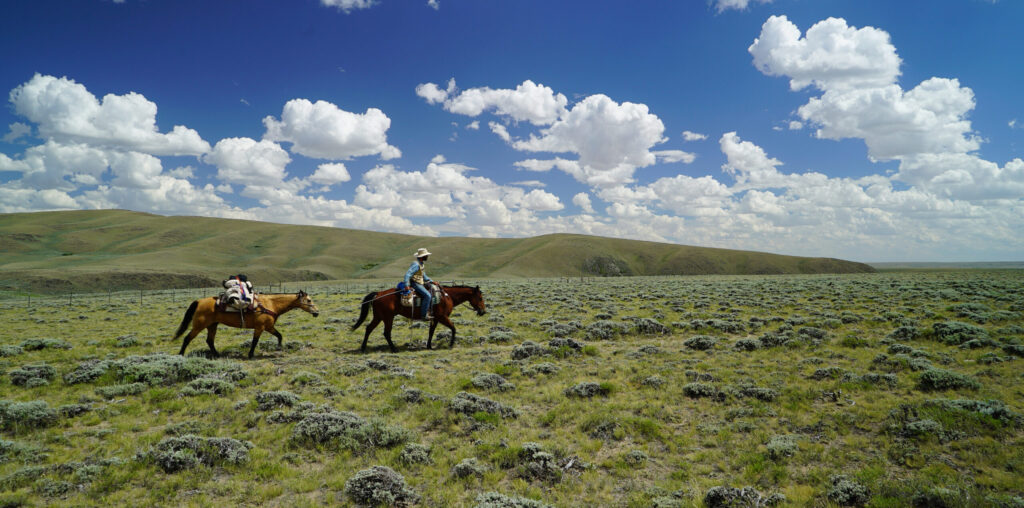When the Central Overland California and Pikes Peak Express Co. launched the Pony Express on April 3, 1860, fanfare for the new express mail service made newspaper headlines from New York to San Francisco. The cheers came loudest from California where proponents hailed its commencement as a vital step forward in linking the Far West with the rest of the country. The advertised delivery time between St. Joseph, Mo., and Sacramento, Calif. was 10 days, accomplished by a fast-horse relay. Way stations spaced 10 to 20 miles apart provided couriers with fresh horses, enabling them to carry the mail across the West at the speed of a galloping horse. And that’s nearly the way it shook out.
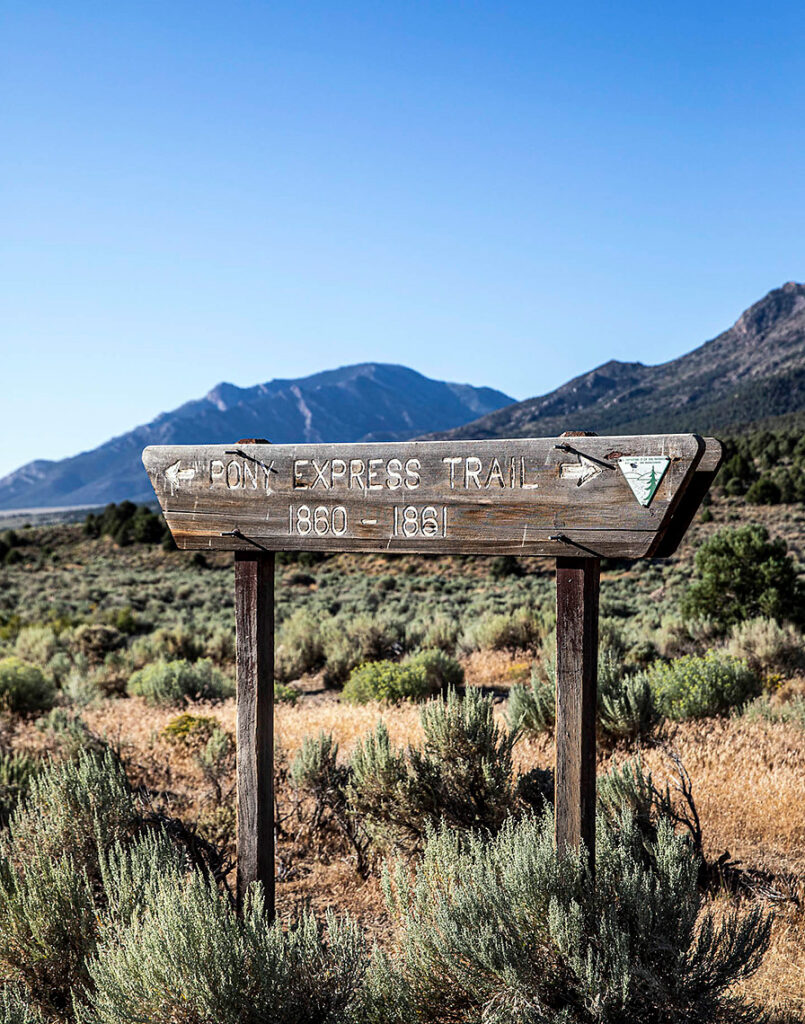
(Photo: Tom Fowlks)
The Pony Express was the greatest display of American horsemanship ever to color the pages of a history book, but it was short-lived. Each of the nearly 190 stations had to be stocked with horses, provisions and stock tenders. Fifteen of the stations had no viable water source; water for the horses and the men looking after them had to be hauled in by mule-drawn wagons. The mail ran twice weekly, both eastbound and westbound, and after a year in operation it was eating up $5 for every $1 that it earned. It was prohibitively expensive, and on Oct. 26, 1861, the Pony Express hung up its spurs. But it cast a long shadow. As author William Banning wrote about that era in his 1928 book Six Horses, “A more glamorous contribution to our historic West than that of this ephemeral Pony would be difficult to name.”
In 1860 and ’61, the Pony Express provided a connection between the East and the West. In 2019 the route afforded a way for me to connect the modern West and its recent history, presenting a roughly 2,000-mile avenue between past and present. I’ve been a horseman since I was old enough to know the term, and I decided the only way for me to see the country was from the back of a horse. On a personal level, I wanted to meet the people who lived along the trail, to fill in the map, and to do it slowly. Whereas the riders of the Pony Express compassed the same distance in 10 days, I’d spend all summer in the saddle. Doing so, I reckoned, would give me an end-to-end perspective of the West, a thorough look at all the country between Missouri and California. And so, on May 5, with two good horses, Chicken Fry and Badger, I pulled out of St. Joseph, bound for Sacramento.
What ensued was an intimate grittiness. I camped at old Pony Express stations, in farmers’ yards and ranchers’ pastures, and in desert valleys so dry and quiet that dawn broke like a pistol shot over the salt pans. I wore out my boots and my shirt and half a dozen pairs of wool socks, but I did not wear out my horses. On September 22, when I arrived at the base of the bronze statue of a Pony Express rider on the Old Sacramento waterfront, their eyes were bright and their coats shiny, and though both were trail-weary, neither horse was diminished for the journey. The Last Ride of the Pony Express is the story of who I met, what I saw and what I learned by crossing the West by horseback.
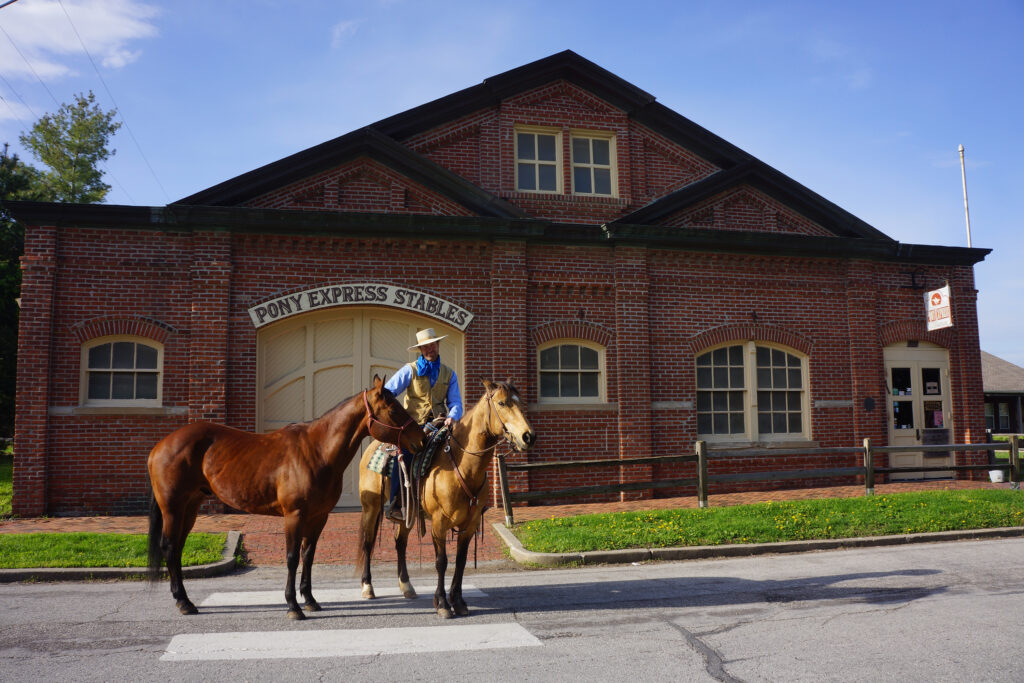
(Photo: Claire Antoszewski)
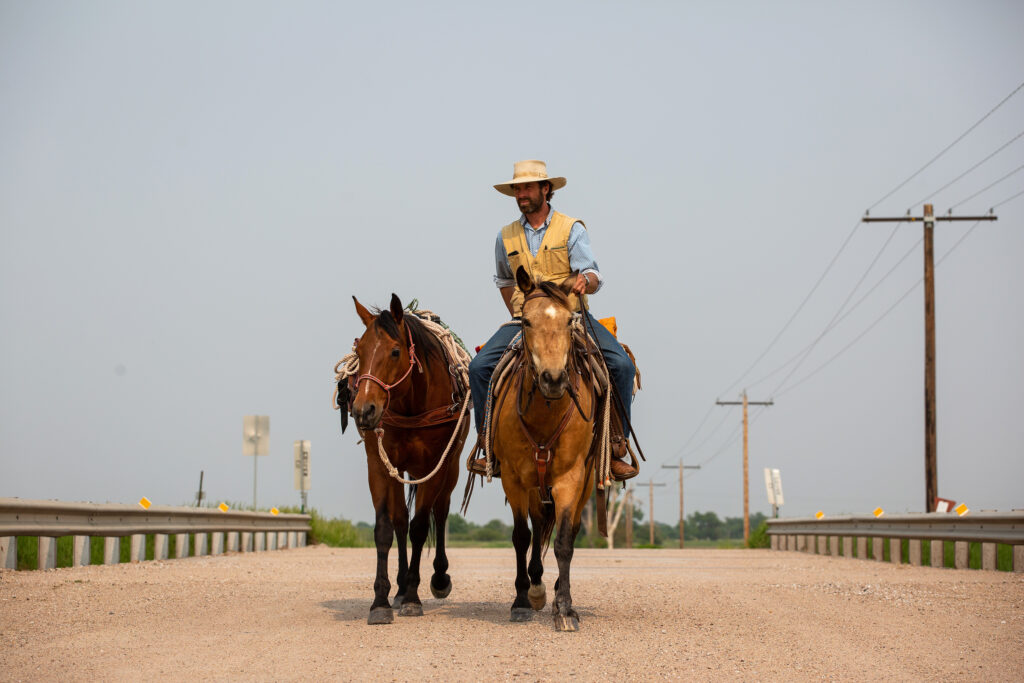
(Photo: Nate Bressler)
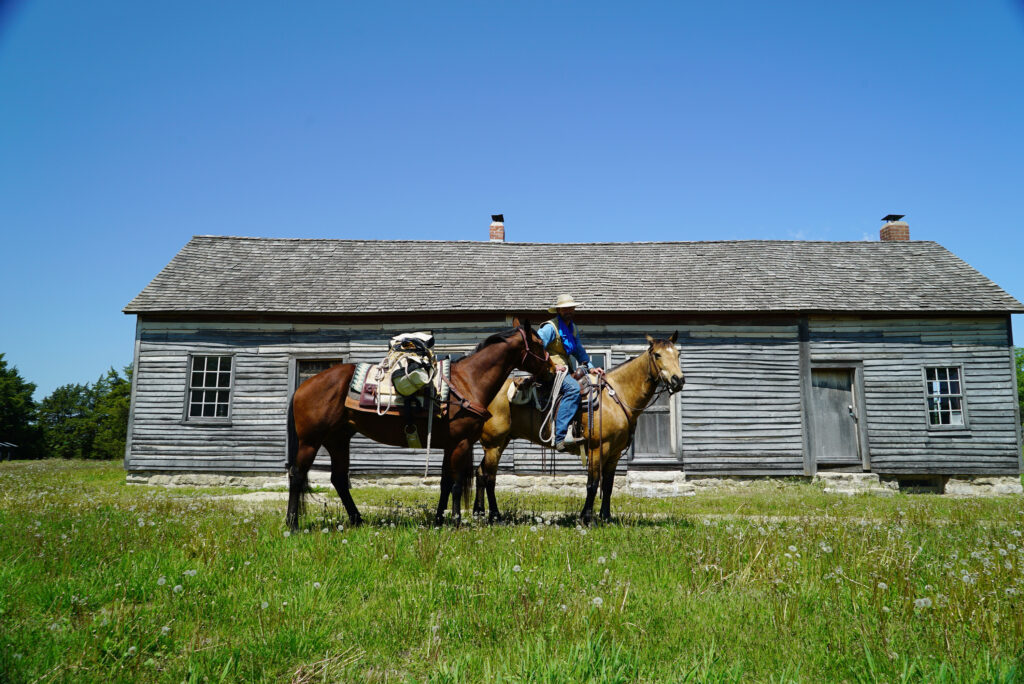
(Photo: Claire Antoszewski)
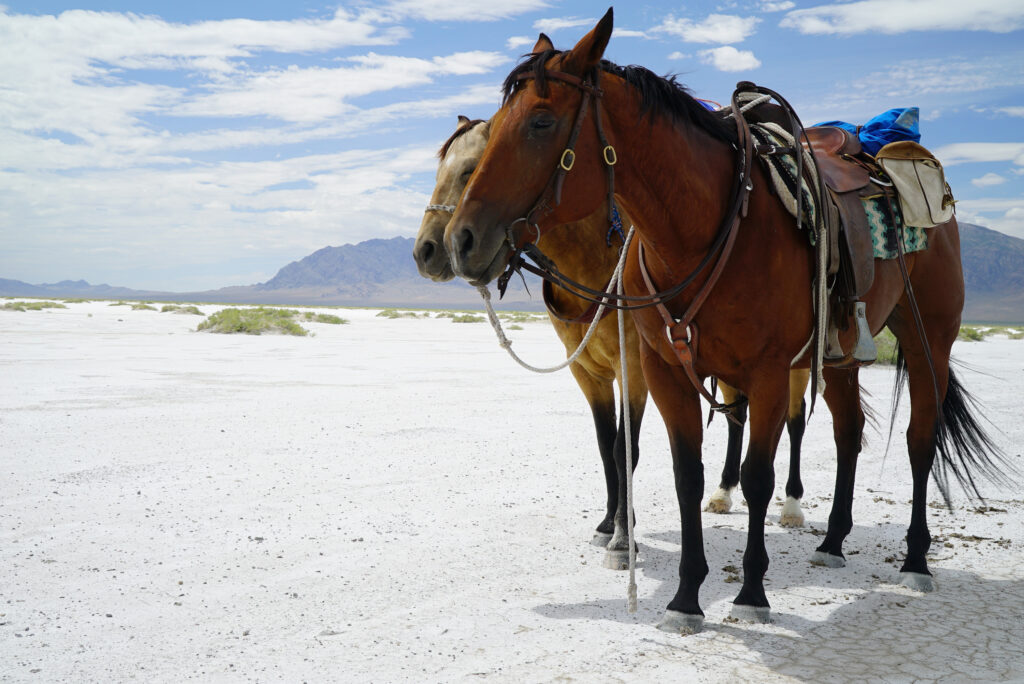
(Photo: Will Grant)
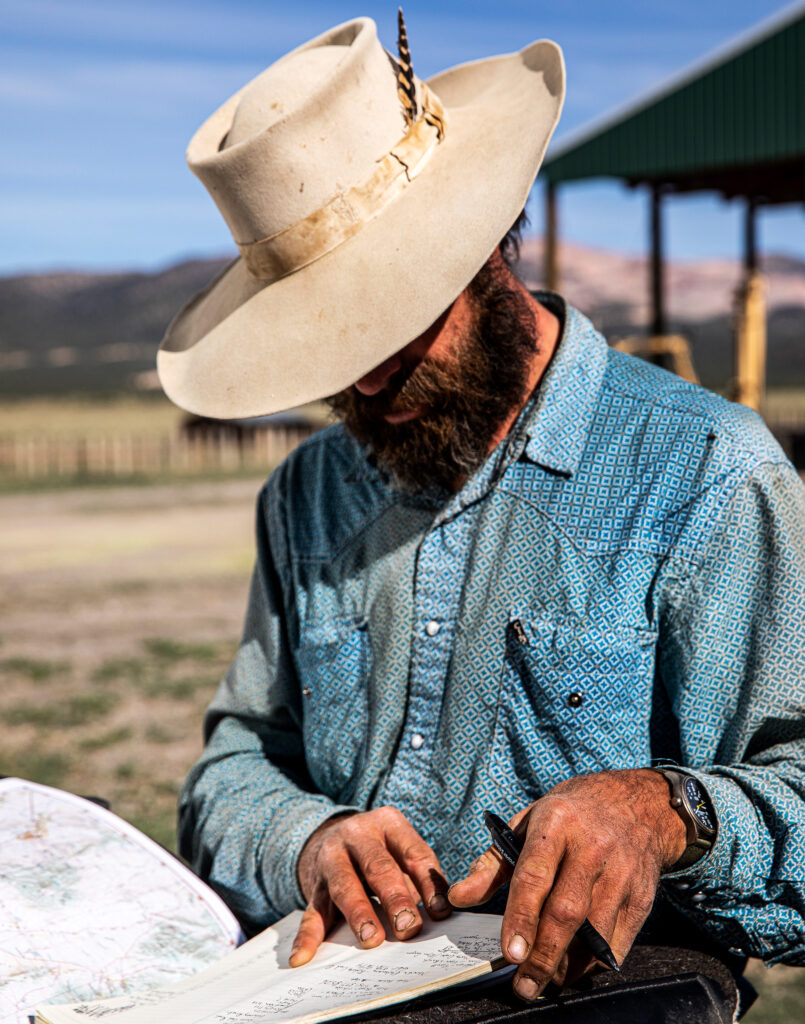
(Photo: Tom Fowlks)
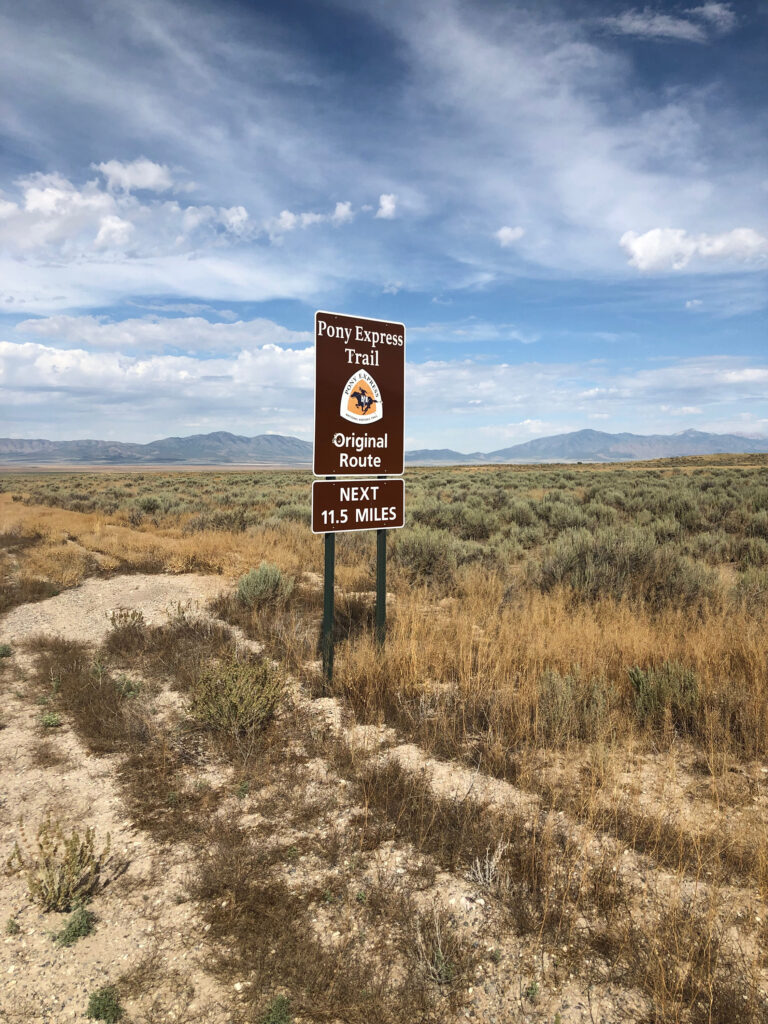
as the Pony Express Road. The original trail, which appears as a faint scar in the sagebrush, runs parallel to the present-day road.
(Photo: Will Grant)
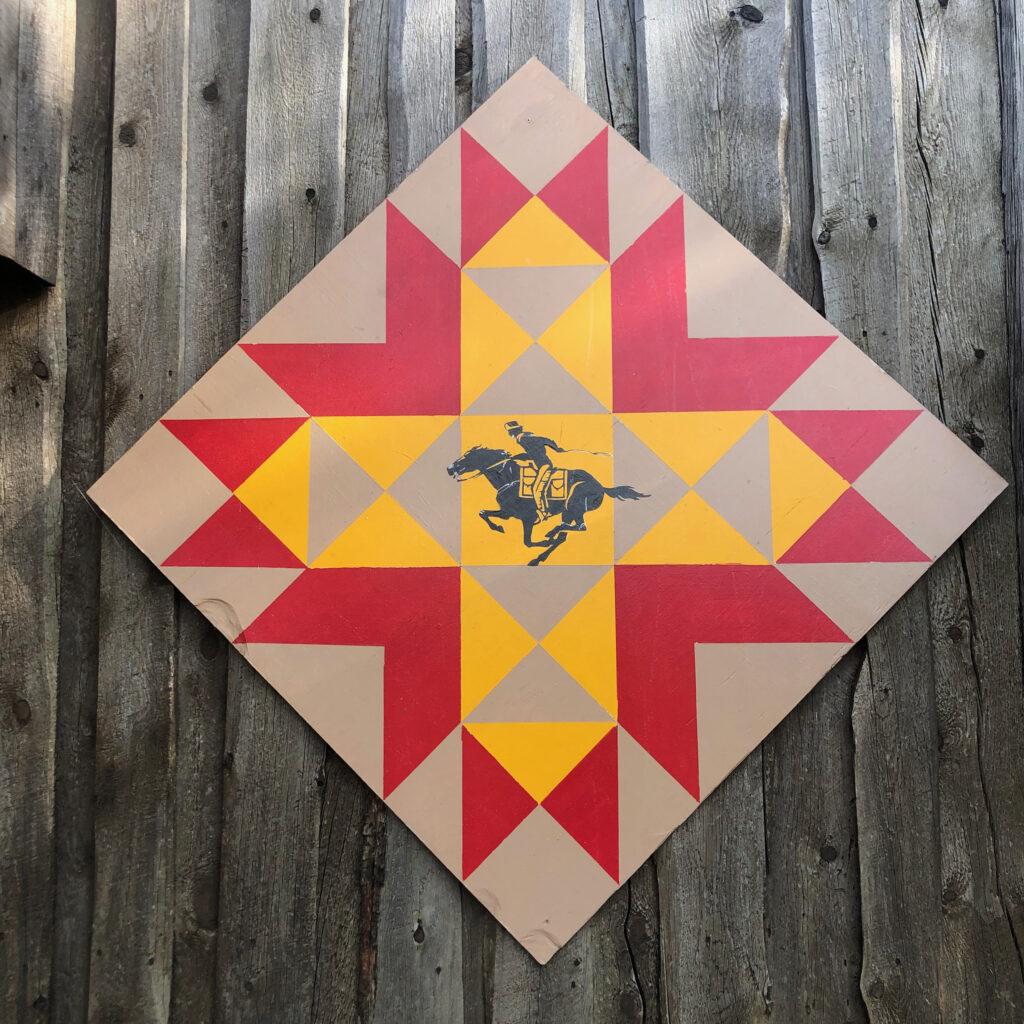
(Photo: Will Grant)
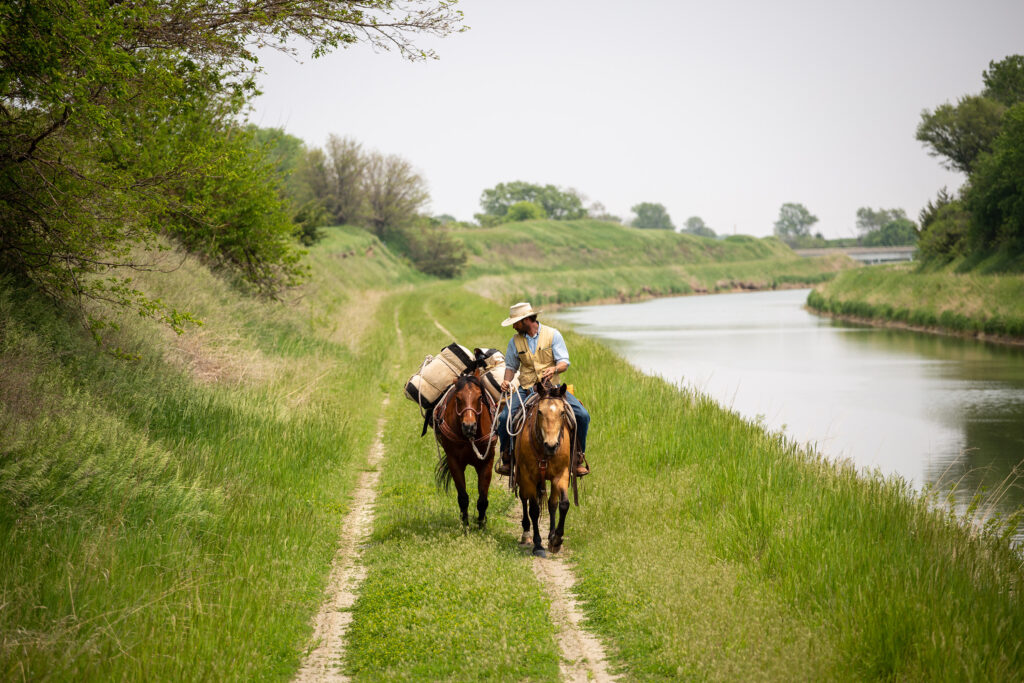
(Photo: Nate Bressler)
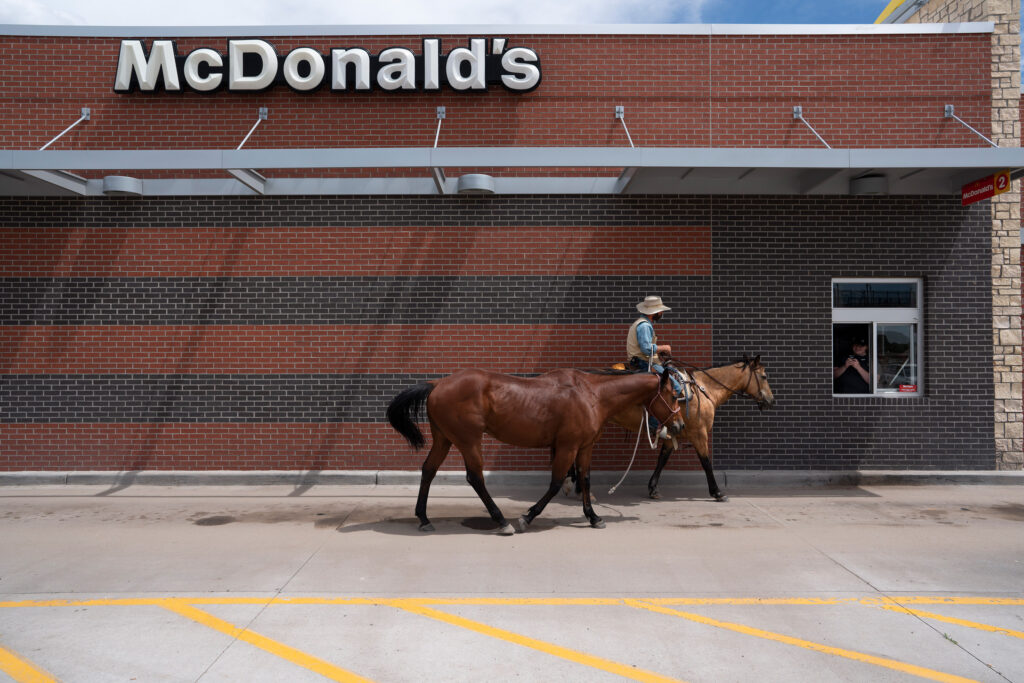
(Photo: Bill Frakes)
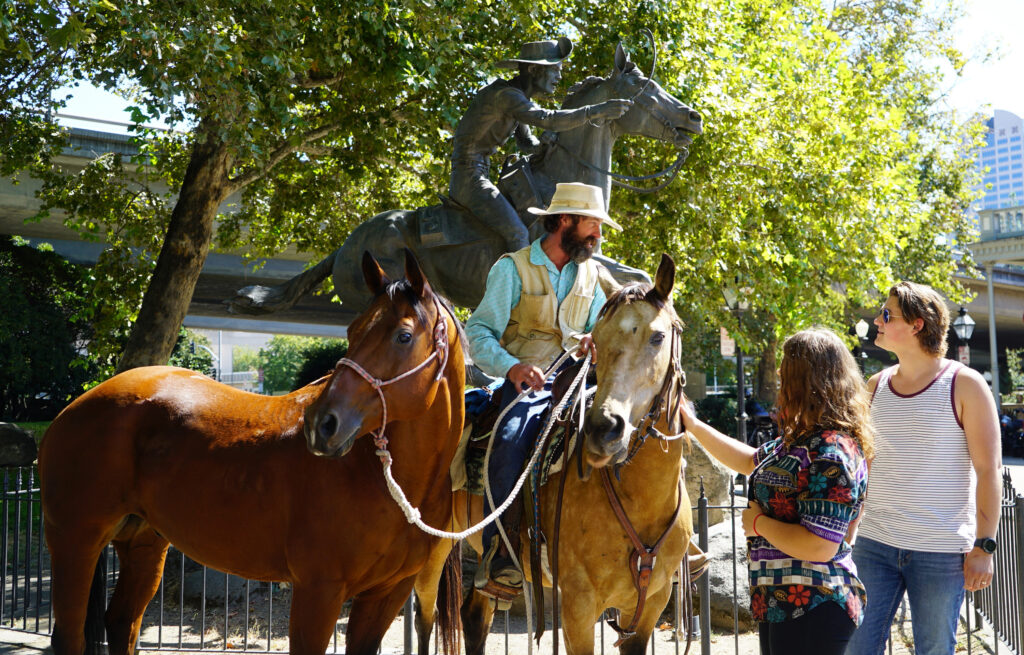
(Photo: Claire Antoszewski)
